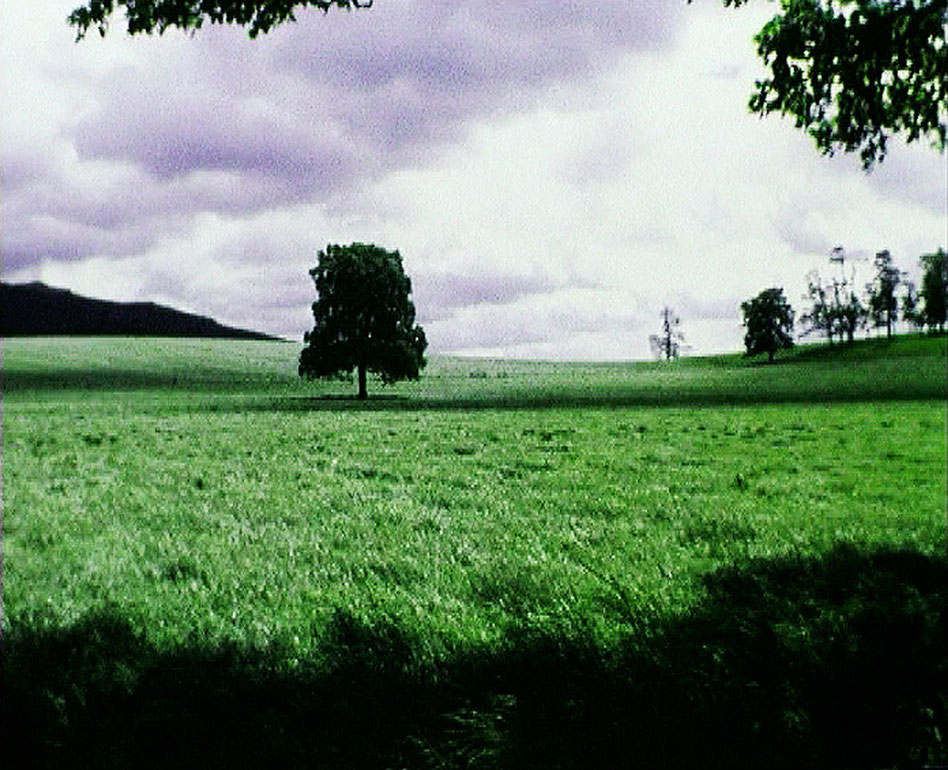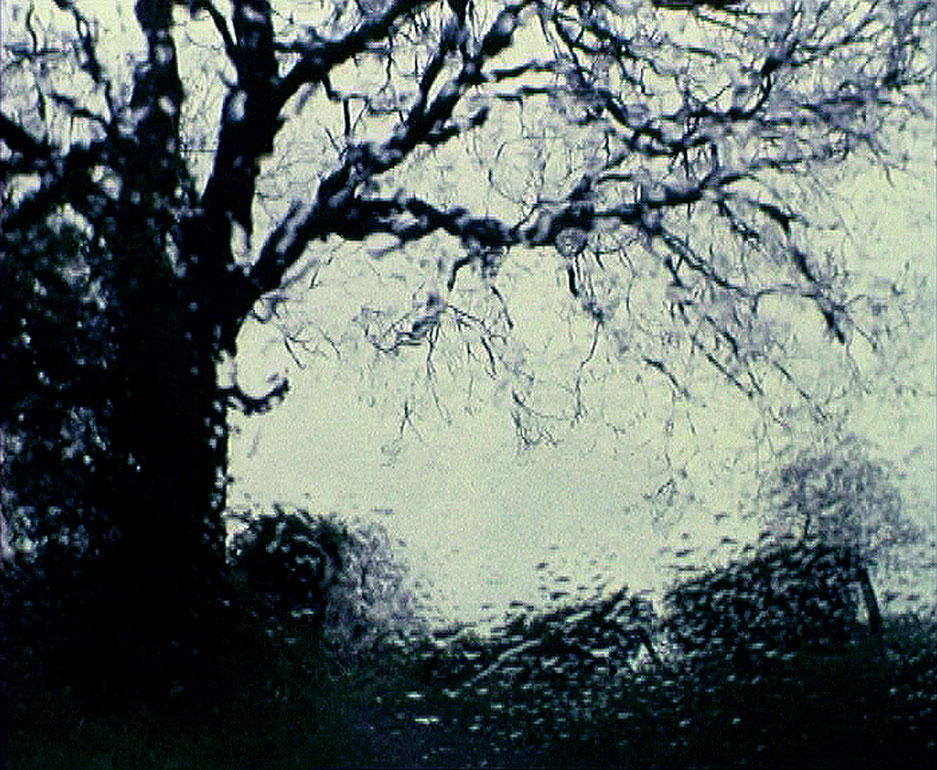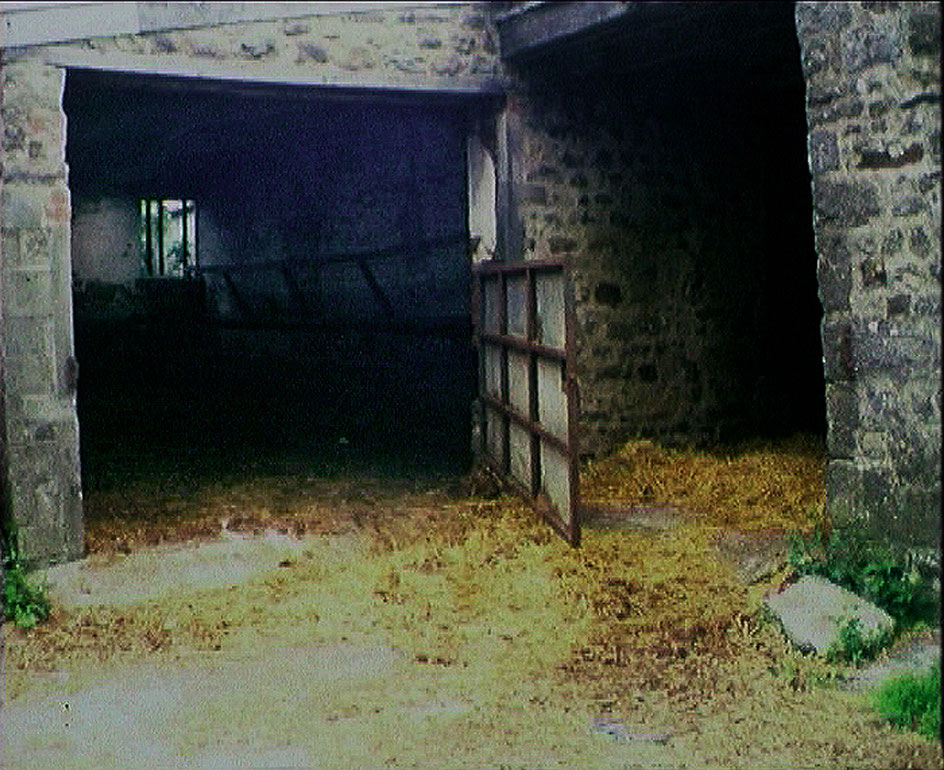The Silence of Green
Andreas Horvath has created a puzzle in the knowledge that arranging its individual pieces to form a single image is impossible. The dramatic facts he investigated resist any attempt of a thorough and complete explanation. Early in the year 2001 northern Yorkshire was struck by foot-and-mouth disease. The army was called in to seal off the contaminated area, and the destruction of nearly four million animals quietly went ahead, as is peculiar to political conspiracies. "Mass murder, it´s a mass murder!" claimed a ruined farmer, condemning the horrendous disproportion of the government-ordered measures in light of the actual extent of the catastrophe. The filmmaker employed a Super8 camera in his attempt to comprehend this incident in its entire magnitude, and the result is a report based in equal parts on observation and reflection. Dramatic scenes of mass slaughters filmed from a distance alternate with shots of abandoned pastures and skies shot through with majestic clouds. Farmers express their disappointment, their helplessness, and their anger, their voices uniting in a litany which continues in First Essay for Orchestra, a magnificent score by Samuel Barber. Finally, a few black frames and images of a landscape painting give the film its profound and painful tone.
This film is the unavoidably fragmentary history of a puzzle which has taken on the form of a metaphysical search. By further pursuing the themes of his last film, Poroerotus, Andreas Horvath has composed a liturgy on the mysterious relationship between man, animal and nature. As a result The Silence of Green is a political and metaphysical reflection in which marvellous and fragile images turn the many layers of reality into an edifying and moving drama.
(Jean Perret)
Translation: Steve Wilder
The Silence of Green
2002
Austria
48 min



